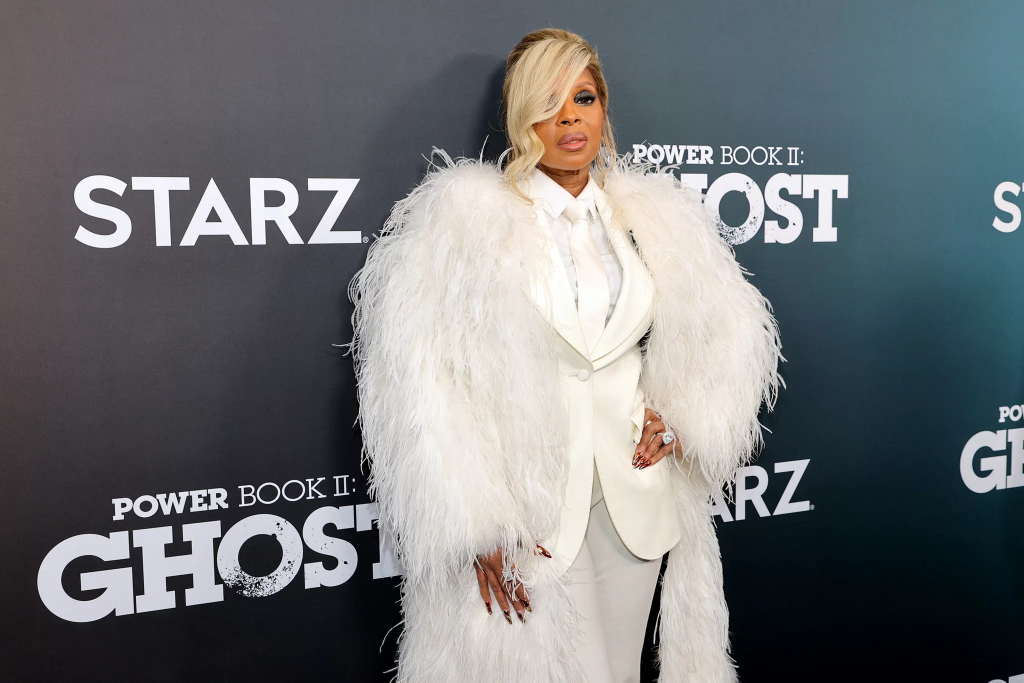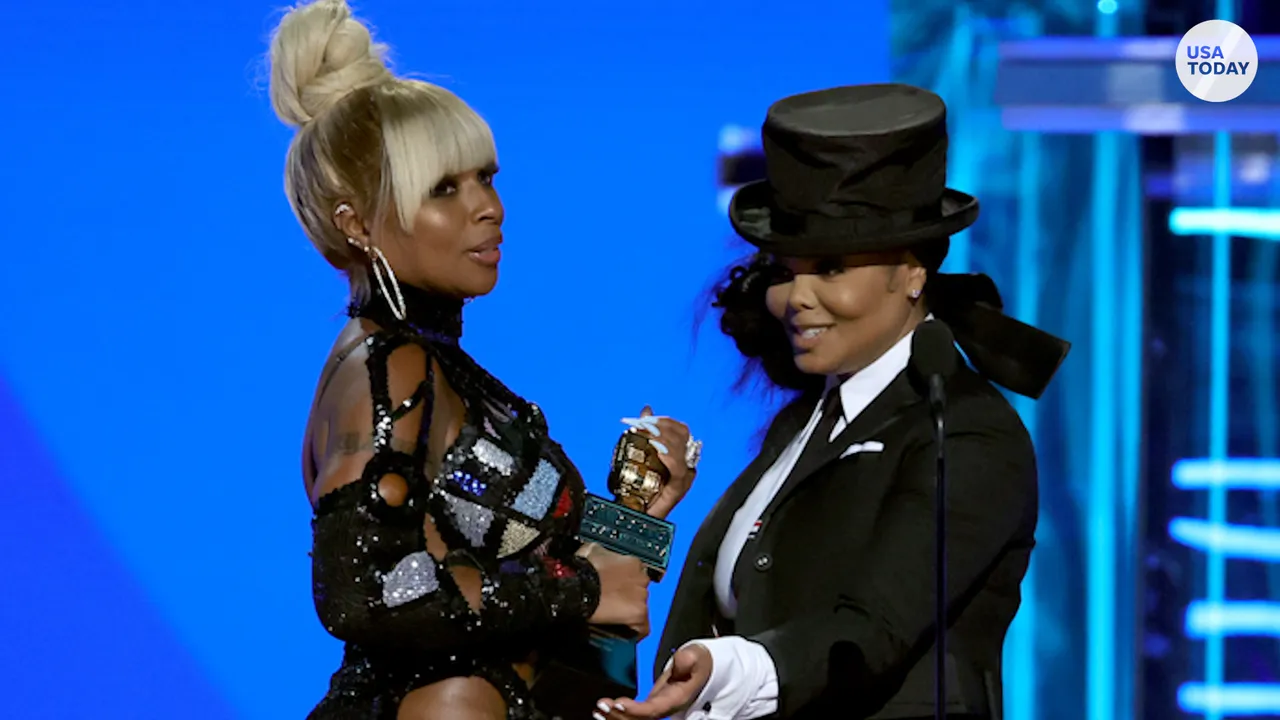Mary J. Blige’s “Real Love” is a cinematic masterpiece that showcases the power of her music and its ability to inspire and touch the hearts of audiences. As an iconic Renaissance woman, Mary J. Blige’s contribution to the film is incredible. Her music serves as a driving force, weaving its way into the narrative and enhancing the storytelling experience.
Mary J. Blige’s song brings warmth, vulnerability, and empowerment to the story, allowing viewers to connect with the character and their experiences on a profound level. The collaboration between Mary J. Blige and Lifetime is absolutely a match made in heaven, presenting a sweet and real love story. This collaboration not only showcases Mary J. Blige’s music but also places a strong emphasis on music as a whole, skillfully employing it as a tool for compelling storytelling.
The result is a genuine and captivating narrative in Mary J. Blige’s Real Love that highlights the power and significance of music in the film’s overarching theme. Mary J. Blige has a voice that resonates with raw emotion and a spirit that embodies strength and resilience. From her chart-topping hits to her personal lyrics, Mary J. Blige has become an icon and an inspiration.

Credits: POPSUGAR
Kendra is the film’s empowering protagonist.
While the remarkable love story and undeniable chemistry between the leads were truly exceptional, it is Kendra herself who takes center stage and drives the narrative in this film. Ajiona Alexus, known for her notable role in “13 Reasons Why”, delivers a captivating performance, skillfully embodying the complexities of Kendra’s character and becoming the driving force behind the story.
The film is the perfect portrayal of maturity, and Alexus’s performance was a thoughtful and nuanced depiction that truly transformed the character. The Kendra we encounter at the film’s end has undergone a remarkable evolution from the Kendra we meet at the beginning, underscoring the strength of a well-crafted narrative that allows us to witness genuine character growth throughout the story.
Also read: David Dastmalchian Planning a Count Crowley Movie or TV Show
Kendra, as a character, resonated deeply with audiences due to her authenticity and relatability. The film skillfully explored various archetypes that struck a chord and felt true to life. The portrayal of Kendra as someone who appeared to have it all together, driven by the desire to succeed and honor her parent’s memory, exemplified the archetype of a perfect protagonist in a new adult narrative. Her journey of self-discovery beautifully unfolded as she stepped outside the confines of her familiar world, making her relatable and engaging to audiences.
The character of Kendra perfectly shows the struggles of being the eldest.
Kendra flawlessly embodied what is often referred to as “Eldest Daughter Syndrome”, a term used to describe the tendency of the oldest child to take on a maternal role and assume responsibility after the loss of a parent. She found herself confined within the persona of the “responsible daughter”, prioritizing her duties to the point of appearing uptight and overly focused. This self-imposed pressure prevented Kendra from truly experiencing life and embracing her own desires, resulting in a lack of freedom and spontaneity.

Credits: USA Today
The depiction of this common situation, although not new, is now being discussed more frequently, and the film effectively captures it against a backdrop of a nostalgic 90s ambiance. This portrayal of the eldest daughter syndrome within a nostalgic setting adds an extra layer of resonance to the film, making it one of the standout elements.
Women’s stories often imply that they must make a choice between prioritizing themselves or pursuing love and romance. However, the film swiftly debunked this notion for Kendra, challenging her belief that college was solely a means to achieve her dreams of becoming a photographer and that her education was limited to traditional academic pursuits.
Also read-Super Mario Bros. Movie Secret Easter Egg On The New TV Spot


